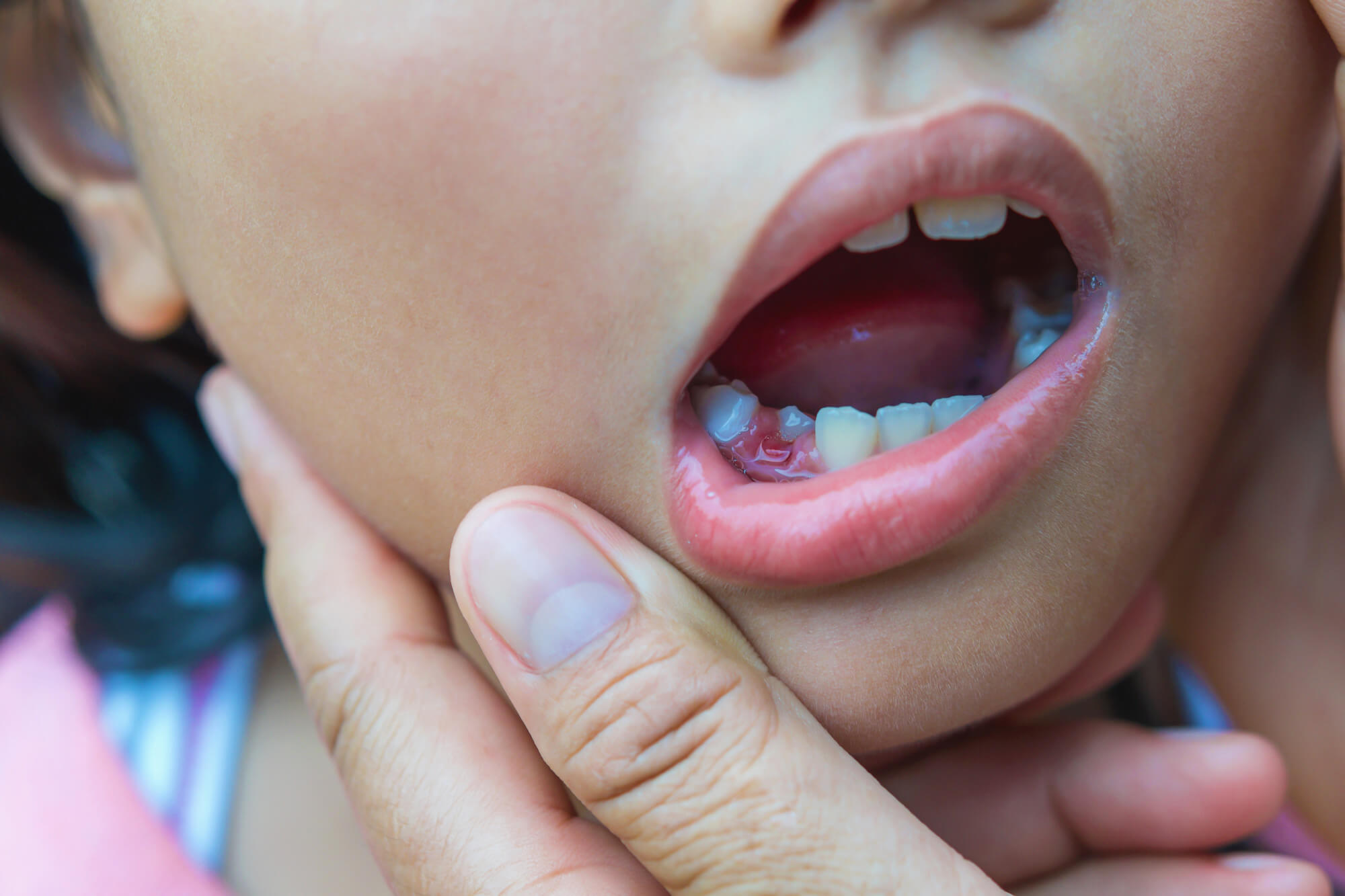
The average number of teeth that a baby is born with is around 20 pearly whites.
These teeth will only stay for a short while before your little one gets adult teeth.
If you are looking for more information about a losing baby teeth chart, you will need to understand the entire process.
Continue reading to discover when babies begin growing teeth and the process of losing them!
Eruption Begins At 6 Months
Before looking at a losing baby teeth chart, you will need to understand when the teeth arrive.
Babies are born with teeth that are hidden below the gums. Starting around 6 months, baby teeth will begin growing and eventually go through the gums. Tooth eruption timelines can vary, but most children have their baby teeth by age 3.
It is common for the bottom teeth to grow in before the top teeth. As the baby teeth are growing in, your child will experience some pain and discomfort. The teething process can be exhausting for your little one but is only temporary.
Focus on Maintenence With Baby Teeth
Proper dental care is still crucial with baby teeth, even though they aren’t permanent fixtures.
Babies and young children should attend regular visits with the dentist to ensure that cavities, enamel, and growth are on track. Neglecting to brush and floss baby teeth can cause plaque build-up and cavities, which can be very uncomfortable.
Make a routine with your child to brush their teeth 2 times a day. This will help keep their mouth healthy and prepared to grow in the adult teeth. The dentist may also be able to provide more info about your child’s health by checking their teeth.
Loss Occurs Around Age 5
Losing a tooth can be an exciting and scary moment for a child.
Around ages 5 and 6, your child will begin to notice that some teeth are becoming loose. Wiggly and loose teeth are signs that the tooth is about to fall out and be replaced with an adult tooth.
The process of losing baby teeth and gaining adult teeth can last several years. Most children have a full set of adult teeth by age 12, but this age can vary. The front teeth are typically lost around age 7, so don’t be surprised if they stick around longer than others.
More Teeth Will Grow in
Babies start with about 20 but did you know that a full set of adult teeth consists of 32?
With more teeth coming in after losing them, your child’s mouth will feel a bit fuller. This may also cause some pain and discomfort. Keep this in mind as your try to understand the losing baby teeth chart that breaks down when each tooth grows in and sheds.
Central & Lateral Incisors
The central incisor is often the first tooth to erupt. This happens at 8 to 12 months.
The upper central incisors will shed from your baby’s gums at about age 6 or 7. Shortly after the central incisor comes in, the lateral incisor will begin popping out. The upper lateral incisor will fall out by age 8.
The central and lateral incisors are the front 4 teeth on the upper and lower part of the mouth. The lower central incisors grow in around 6 to 10 months. They are one of the first teeth that fall out by age 7.
The lower lateral incisors grow around age 1, give or take 3 months. They will stay in your child’s mouth until age 8.
Canine Teeth
The most dreaded teeth that will grow in your child’s mouth are their canines.
The canine teeth are located in the upper and lower part of the mouth next to the lateral incisors. Canines are also called cuspids. They are often recognized by their taller and sharp tips; the teeth can be very painful when growing in.
Expect your child to lose their upper baby canine teeth around ages 10 to 12. These baby teeth last longer than others before falling out and being replaced. The lower canines typically erupt around age 2 and fall out around 9 to 12 years of age.
First Molars
Your baby’s first upper molar won’t make an appearance until 13 to 19 months of age.
The upper molar will stay until ages 9 to 11. The lower first molar has a similar timeline and erupts between months 14 and 18. The lower first molar is also lost by age 11 and replaced with a permanent tooth.
The molars can be very uncomfortable to lose and difficult to pull out. They are much larger than other teeth in the mouth and require extra space.
Second Molars
Next to the first molars, your child’s second molars will sit.
The upper second molars grow much later than other teeth. Second molars appear around age 2 and are the last teeth to be replaced with adult teeth. The lower second molars should have a similar timeline as the upper ones.
Molars can be difficult teeth to lose for children because they are often used for eating things. Many people chew with their molars, which can be painful if they are becoming loose.
Understanding the Losing Baby Teeth Chart
A losing baby teeth chart can help you understand and visualize what is going on in your child’s mouth.
It is normal for children to begin losing baby teeth around ages 5 or 6 and can last until age 12. As your child’s adult teeth are erupting, the baby teeth will fall out and become replaced. This process takes several years and can give your little one discomfort.
To help keep the mouth balanced, most teeth grow and fall out in pairs, making eating and speaking easier.
Be sure to check out our blog for more articles about baby teeth and dental care!
